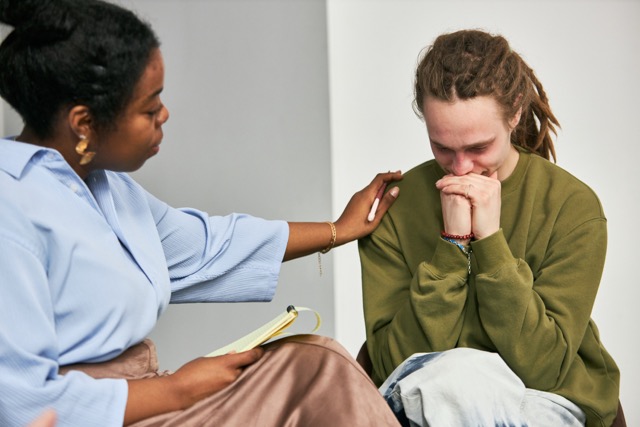Introduction
Seeking help for a drug or alcohol addiction is a brave and life-changing decision. Whether you're contemplating this journey for yourself or someone you care about, understanding the rehabilitation process can ease some of the anxiety and uncertainty that comes with taking the first step. Rehab is not a one-size-fits-all path—it’s a deeply personal journey tailored to the unique needs of each individual. Here’s a breakdown of what the drug and alcohol rehabilitation process typically looks like, from the moment someone seeks help to long-term recovery support.
1. The First Step: Acknowledging the Problem
The journey toward recovery begins with acknowledgment. Admitting there is a problem is often the most difficult part. It requires courage and self-awareness. Once this realization happens, the next move is often reaching out—to a loved one, a doctor, or a rehab center. This is the first real turning point.
2. Assessment and Intake
After seeking help, the individual undergoes an assessment by medical professionals or addiction specialists. This process typically includes:
- Physical and mental health evaluations
- A review of substance use history
- Consideration of any co-occurring disorders (like anxiety, depression, or PTSD)
This information helps build a personalized treatment plan that addresses both the addiction and any underlying issues contributing to it.
3. Detoxification (Detox)
Detox is often the first official phase of rehab. This is where the body clears itself of drugs or alcohol. Detox can range from a few days to over a week, depending on the substance and the severity of dependence. It’s typically done under medical supervision to manage withdrawal symptoms safely and with as little discomfort as possible. In some cases, medications may be used to reduce cravings or ease withdrawal effects.
4. Inpatient vs. Outpatient Rehabilitation
After detox, individuals enter the main phase of treatment. There are two primary types of programs:
- Inpatient (residential) rehab: Patients live at the facility, receiving round-the-clock care, therapy, and support. This option is often best for those with severe addictions or unstable living situations.
- Outpatient rehab: Patients live at home but attend scheduled treatment sessions at a clinic or center. It’s more flexible and ideal for people with less severe addictions or strong support systems.
Both approaches offer a mix of individual therapy, group counseling, and educational workshops.
5. Therapy and Counseling
Effective rehab centers use evidence-based therapies to address not just the addiction, but the emotional and psychological factors behind it. These may include:
- Cognitive Behavioral Therapy (CBT) to change negative thinking patterns
- Motivational Interviewing to boost a person’s motivation to recover
- Family therapy to repair relationships and build support
- Holistic therapies like yoga, meditation, or art therapy to promote emotional healing
6. Developing Life Skills and Relapse Prevention
Rehab isn’t just about stopping substance use—it’s about building a new life. Many programs include:
- Life skills training (budgeting, communication, job readiness)
- Relapse prevention planning to identify triggers and coping strategies
- 12-step or alternative support group involvement (like Alcoholics Anonymous or SMART Recovery)
7. Aftercare and Ongoing Support
Recovery doesn't end when someone leaves a rehab center. Aftercare is crucial in preventing relapse and staying on the path to wellness. Common aftercare options include:
- Ongoing outpatient therapy
- Sober living homes
- Support groups and alumni programs
- Access to sponsors or peer recovery coaches
Building a support network and maintaining healthy routines is key to long-term recovery.
Healing Is Possible
Recovery is not a straight line—it’s a journey filled with ups and downs. But with the right support, resources, and mindset, healing is entirely possible. The rehab process is designed to treat the whole person—not just the addiction—helping individuals reclaim their lives, relationships, and future.
If you or someone you love is struggling with addiction, know this: you are not alone, and help is available. Taking that first step could change everything.
Have your own tips or experiences with recovery? Share them in the comments below!
Let’s support each other.
If you need additional help with recovery, visit us in person or contact us at Hope Haven Recovery.





.webp)
.webp)